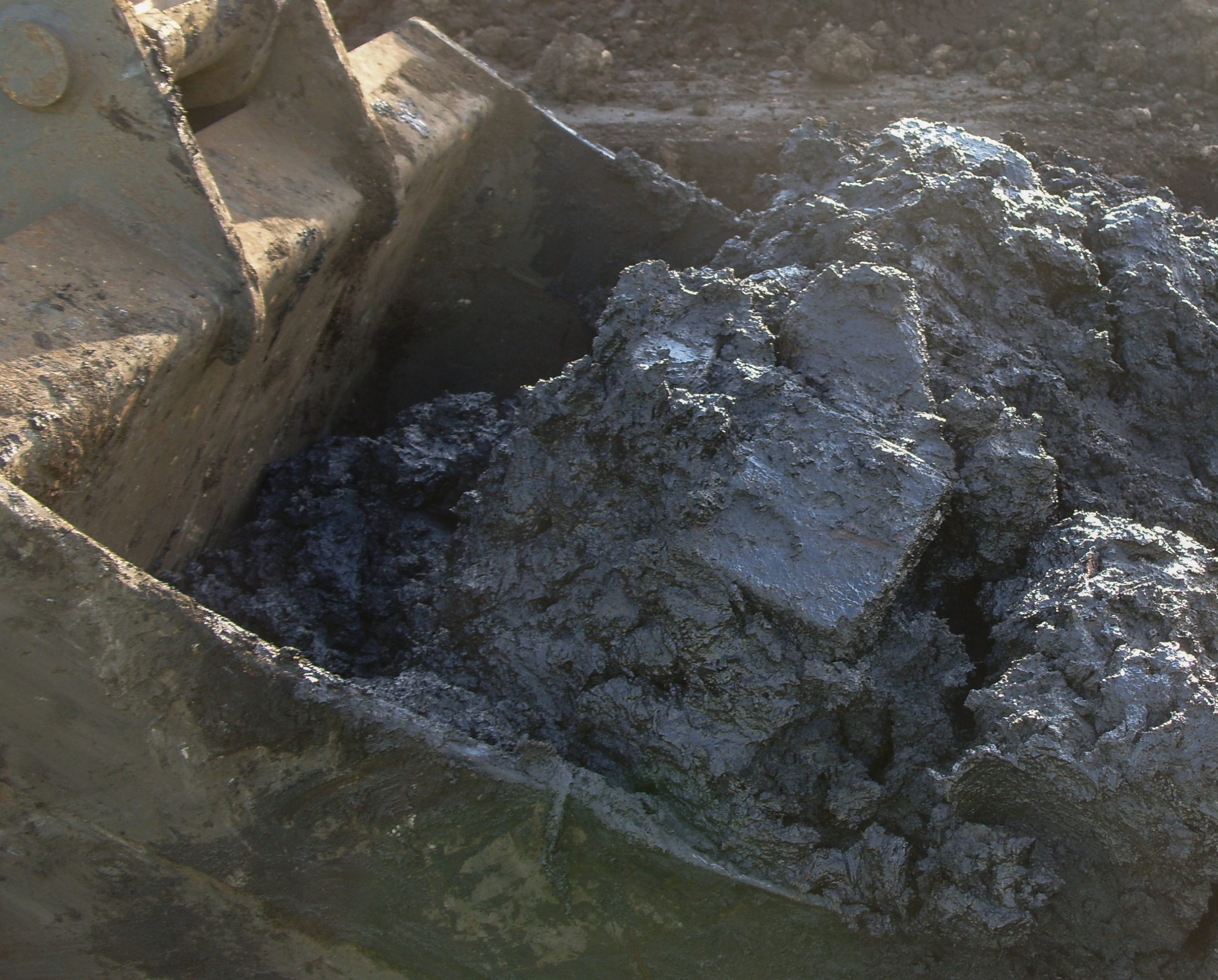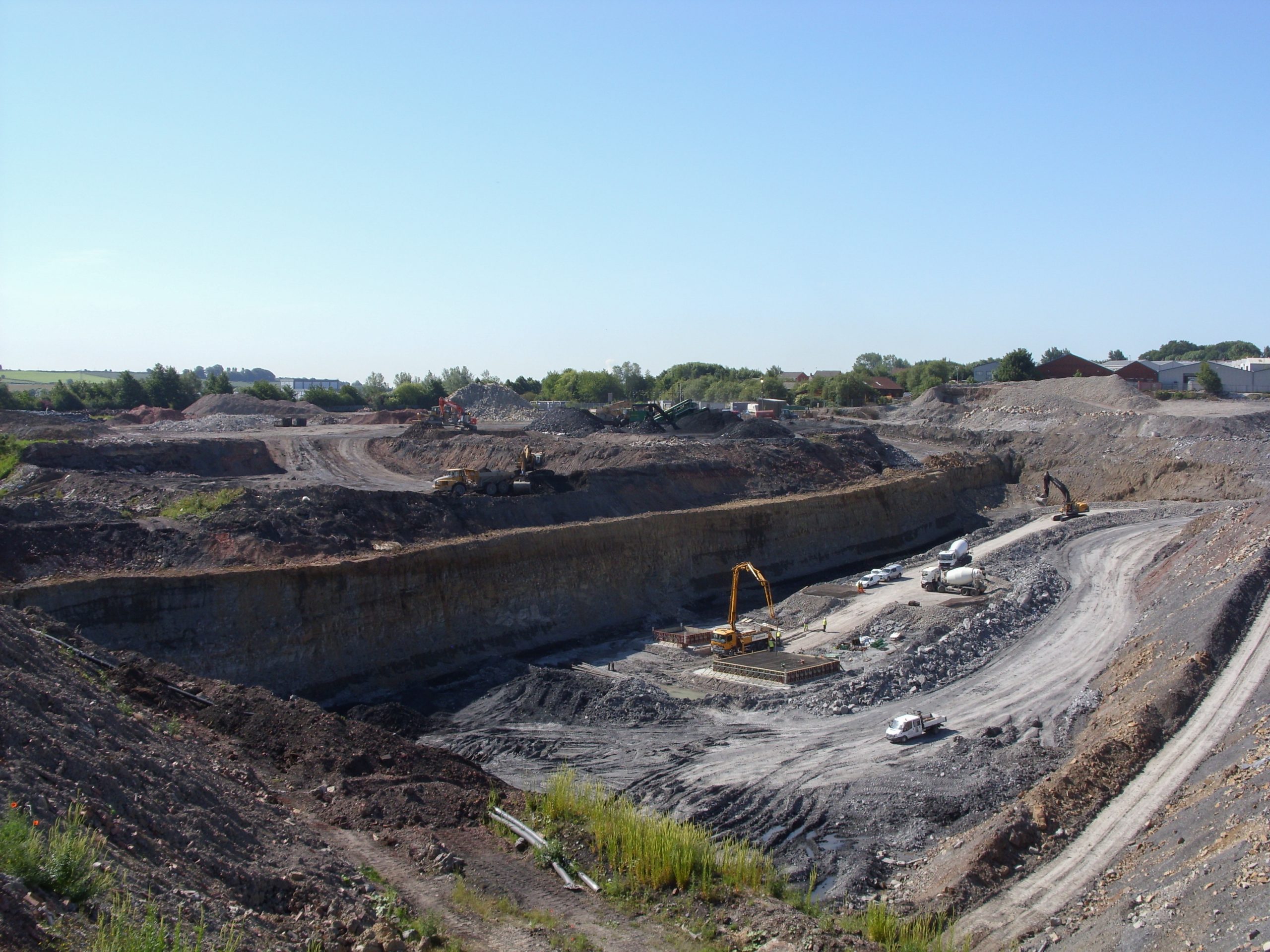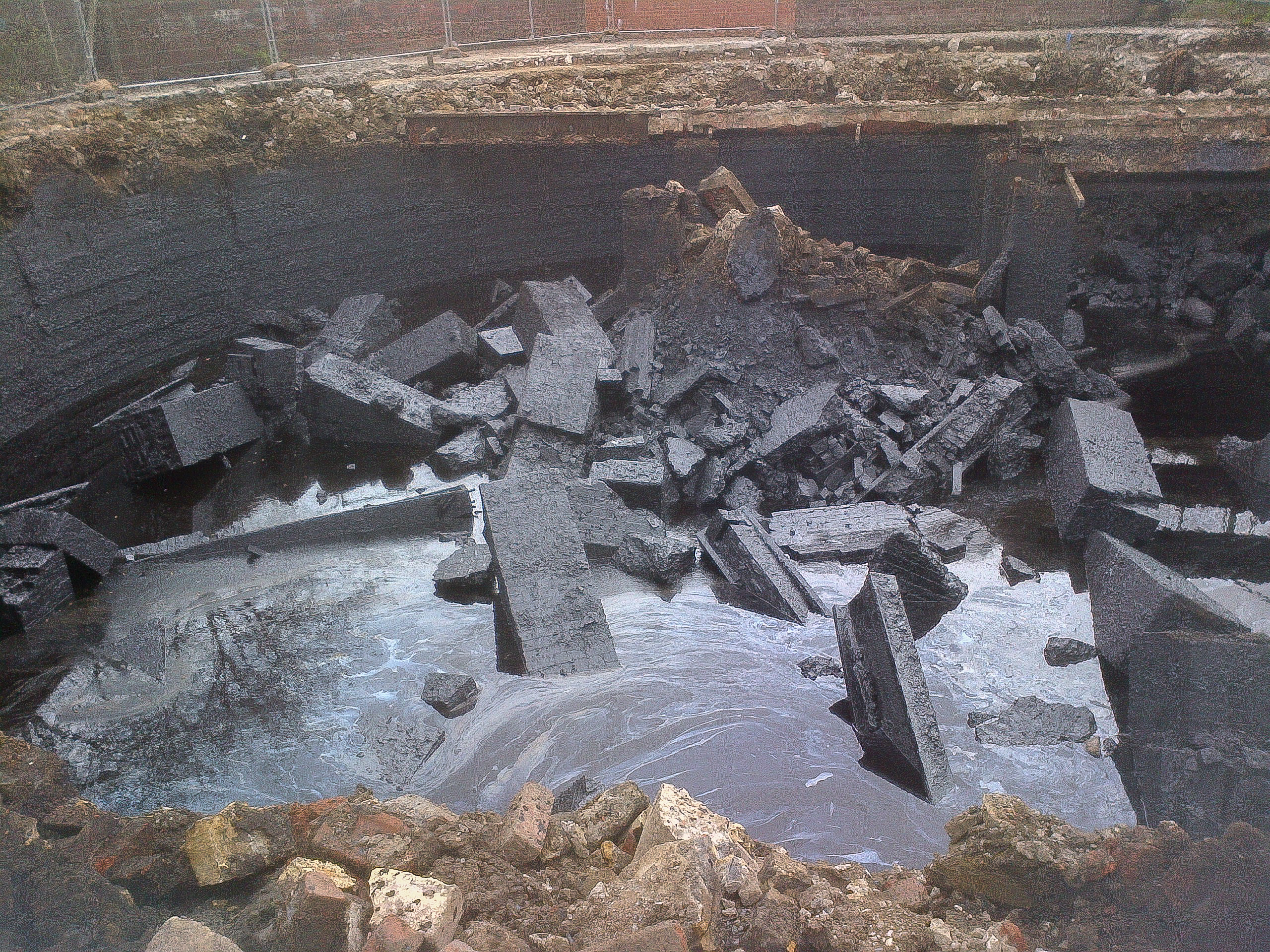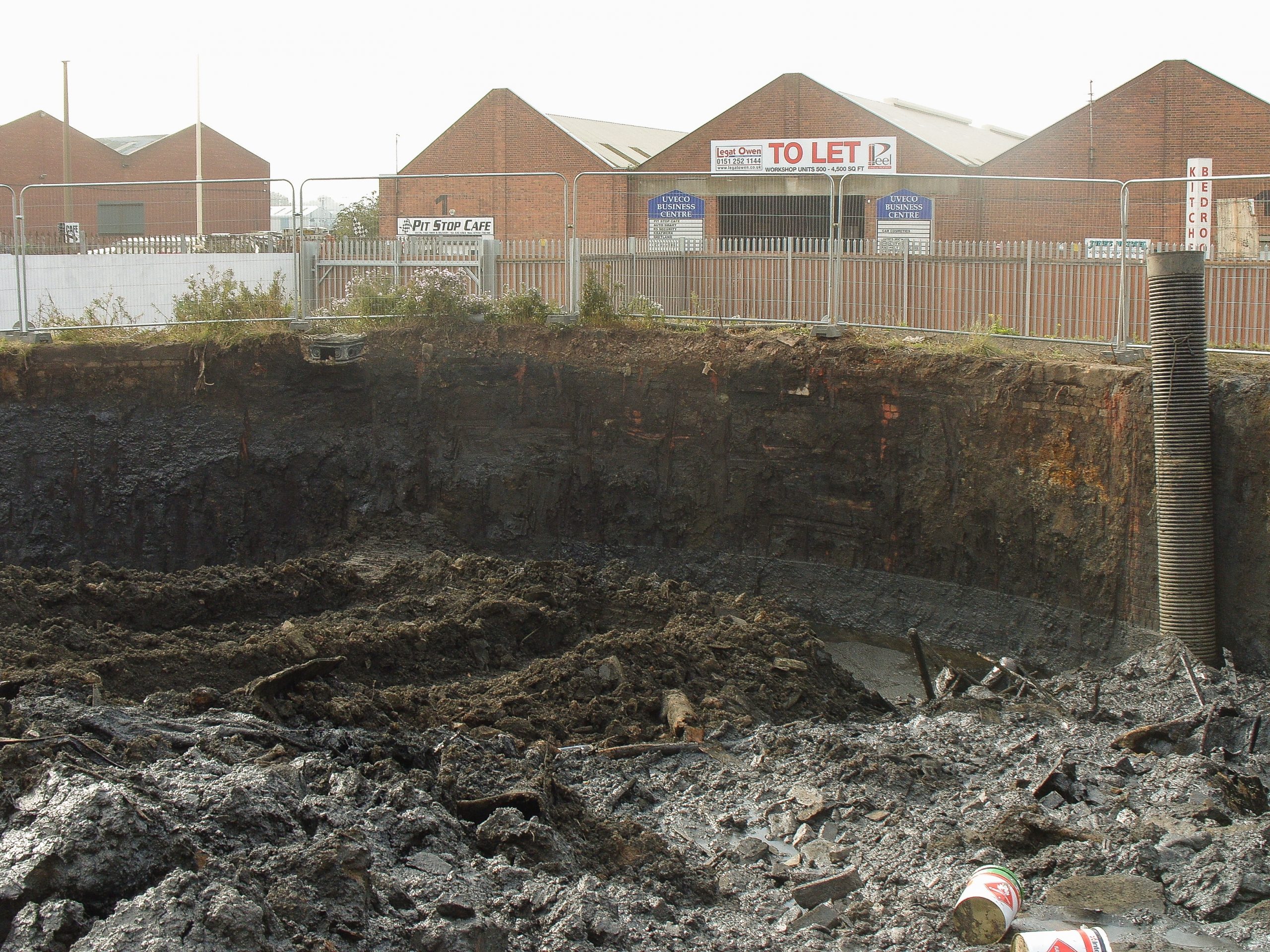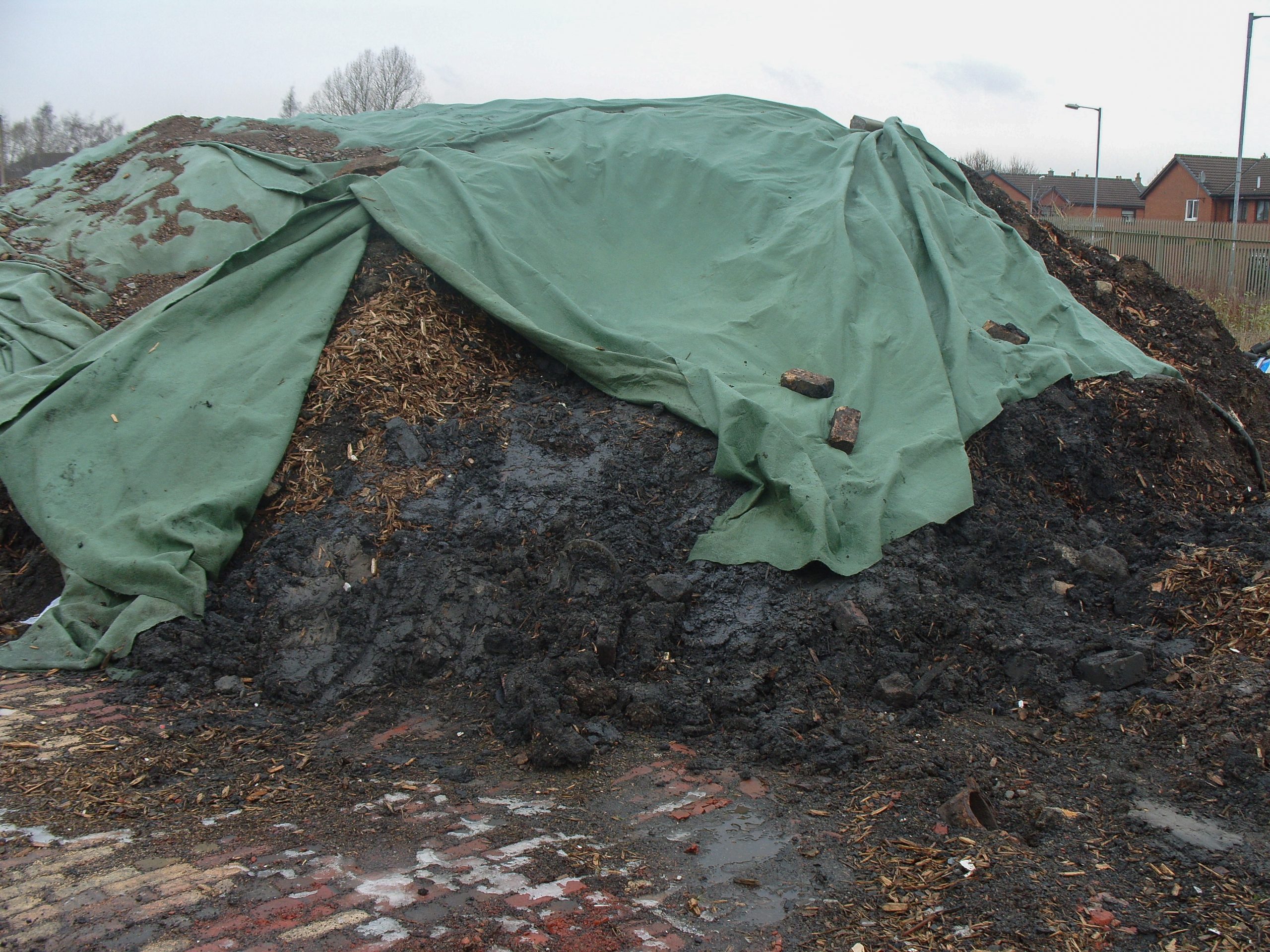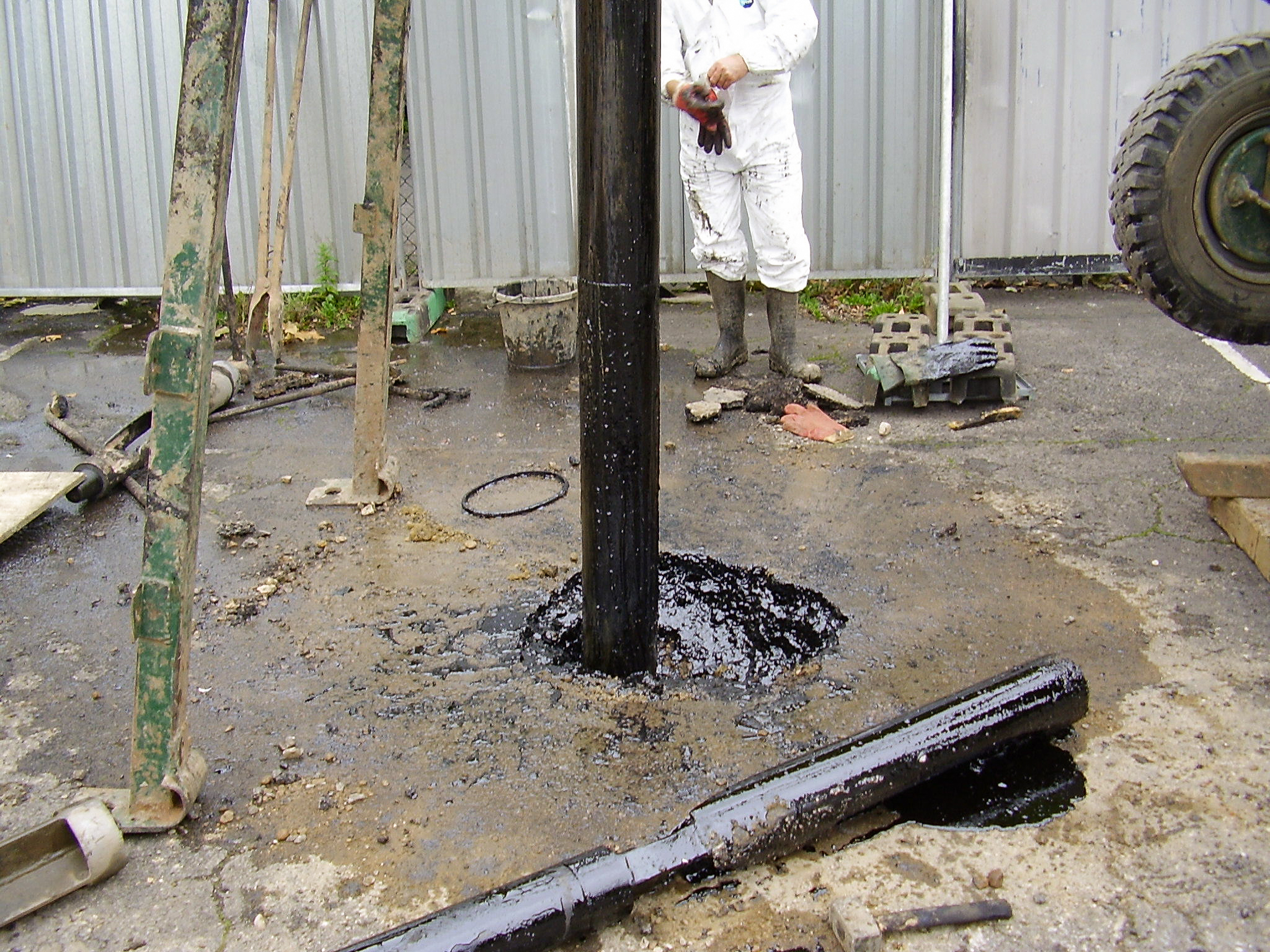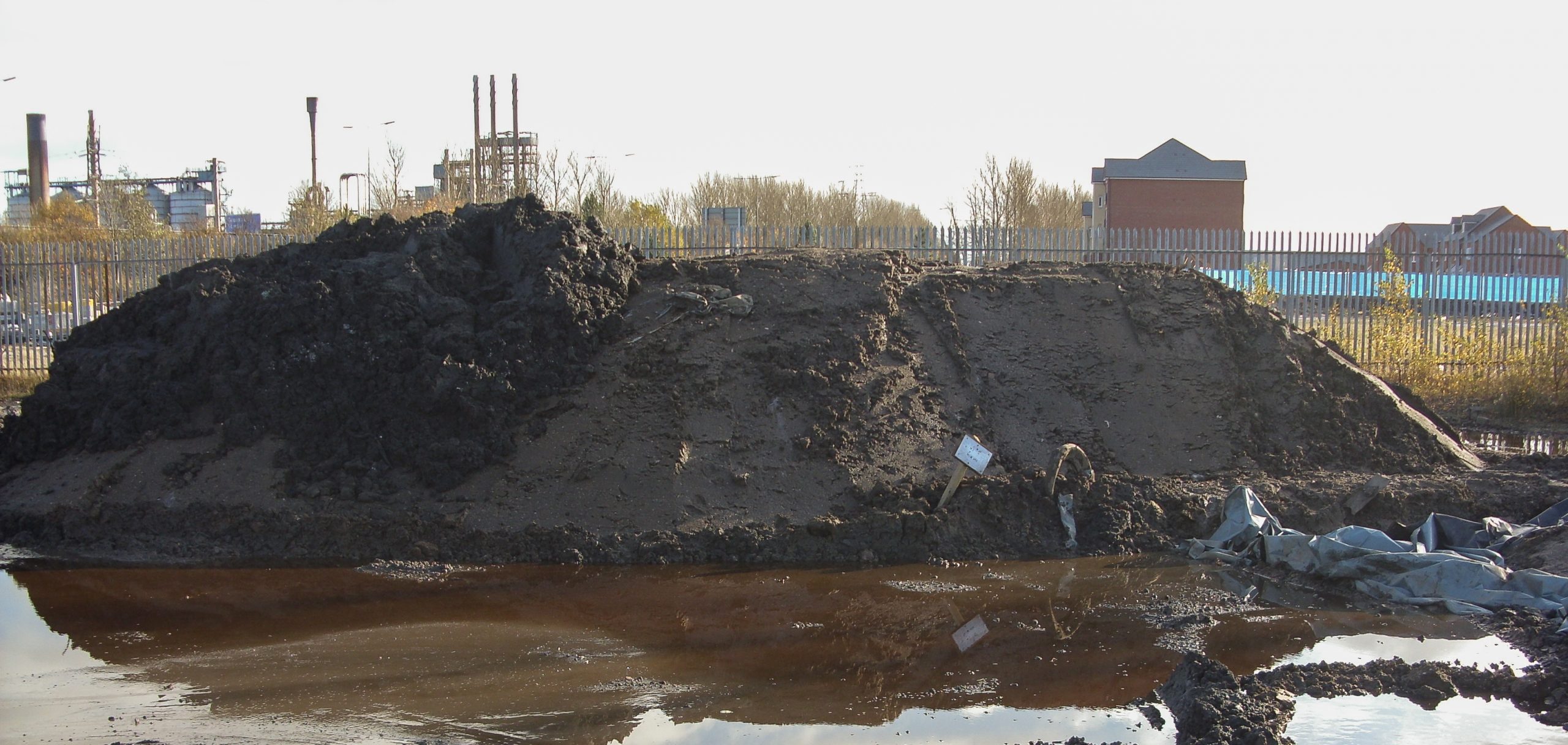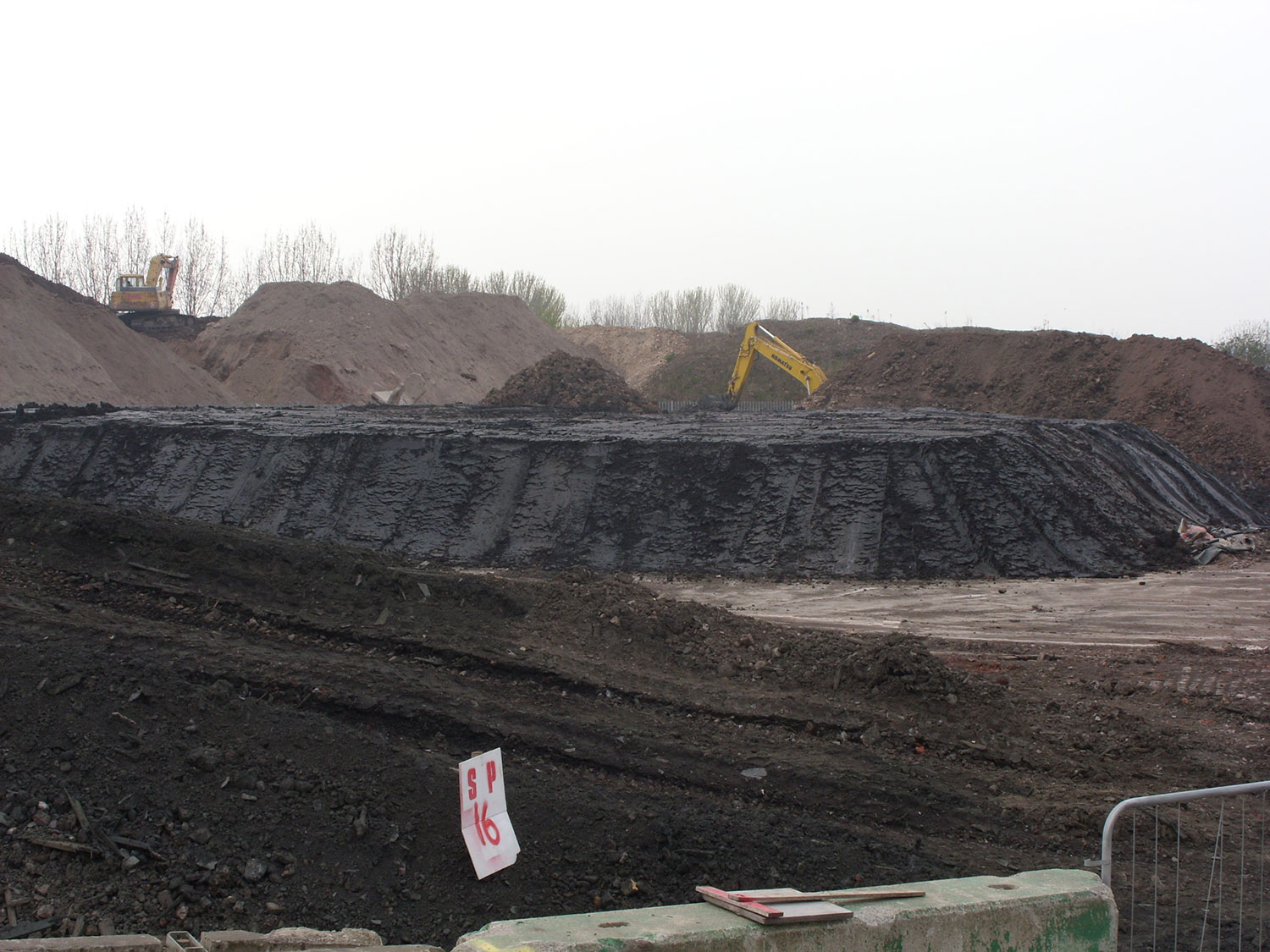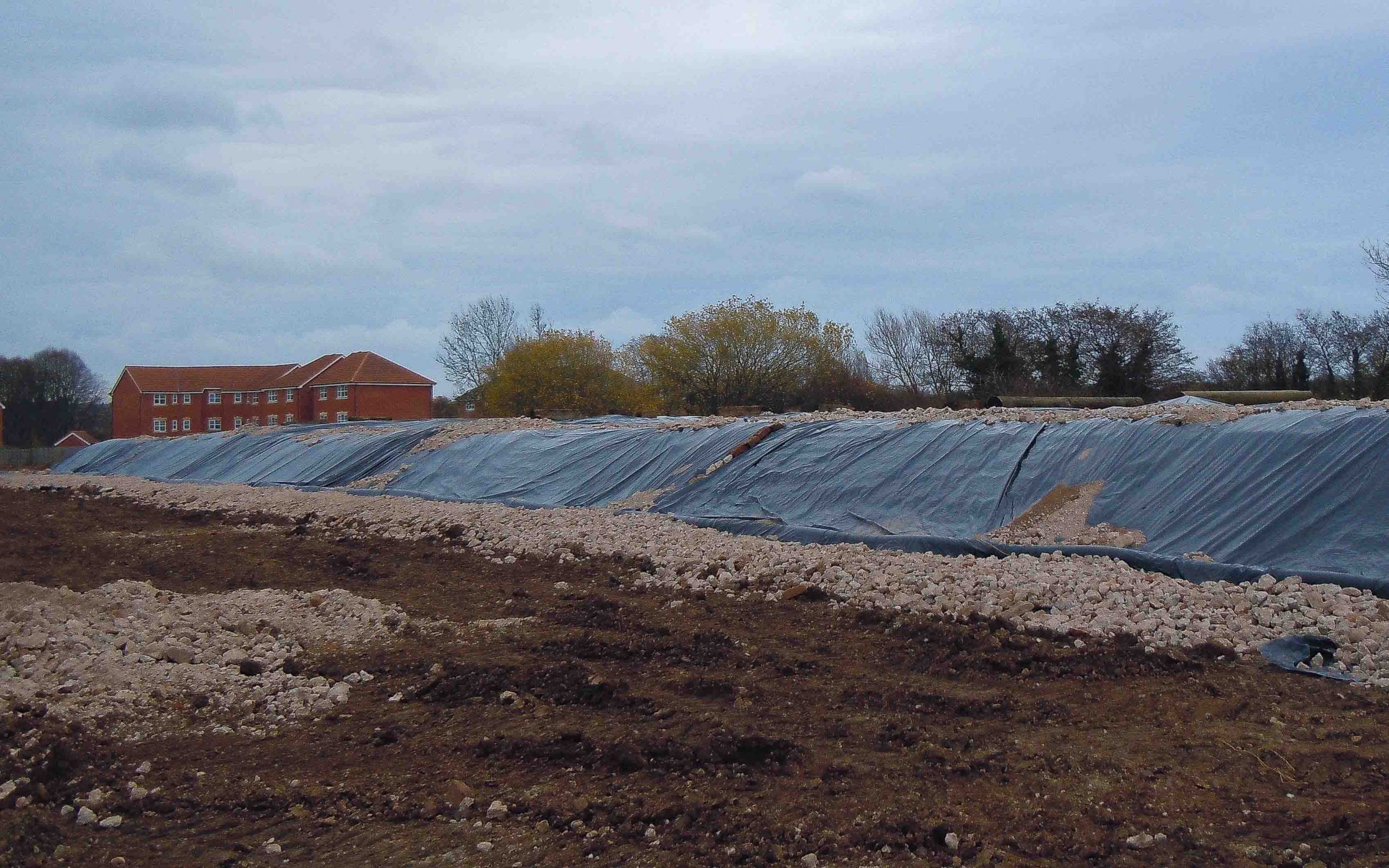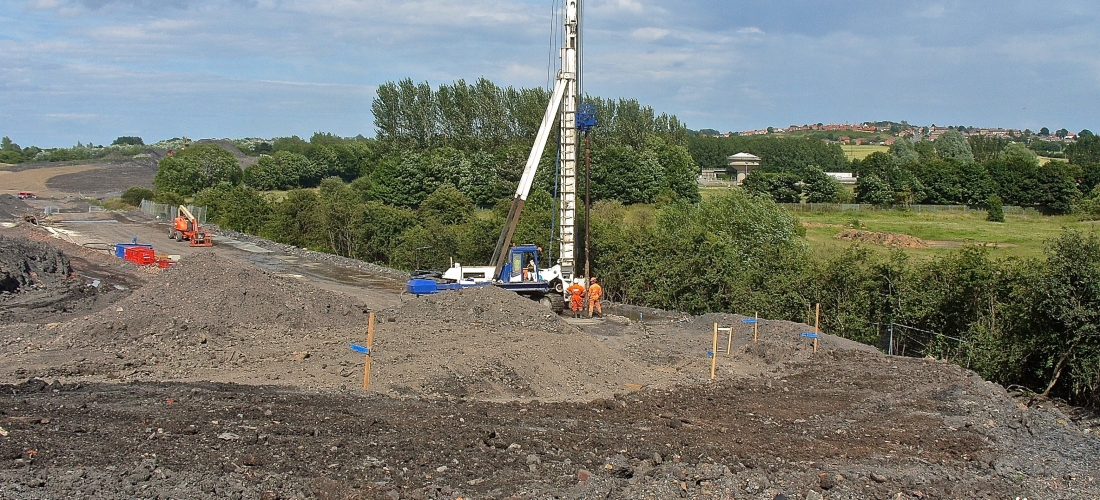On a site where Ash Remediation Management was appointed the Principal Contractor, hazardous soil was removed from a former gasworks site. The material was sent to a treatment facility and completed the site remediation programme.
Matlock
Malvern Gasworks
Gould Street Gasworks
Knebworth
Former Biwater Works
Ellesmere Port
Wallasey Gasworks
Client – National Grid Properties
Principal Contractor – BAM Nuttall
Consulting Engineer – Amec
Location – Wallasey
Contract Value – £200K
Wallasey Gasworks were commissioned in 1861 and it is currently divided into operational and non operational areas. Measuring 4.4 hectares, the site is owned by National Grid Properties and under a voluntary remediation scheme large parts of the non operational site underwent bioremediation treatment.
Intrusive site investigation identified several contaminants including benzene and phenol at intolerable concentrations. The remedial objective ‘to reduce the contaminant concentrations to QRA derived acceptable levels’ evolved from this and prompted Ash Remediation Management’s involvement with the project. Ash Remediation Management designed and implemented an aerated ex-situ bioremediation solution for the treatment of around 6500m3 of impacted material.
Prior to site mobilisation a series of trials were completed to maximise the efficiency of the on-site stage of works. These investigations included analysis of microbial populations, the contaminant profile and site geology.
Initially, material was conditioned (based upon the findings of the trials) with a combination of composts, fertilisers and microbes. From here material was transferred to a bunded biopile area with associated drainage, sump and aeration systems. The aeration system facilitated the removal of volatile contaminants through the negative pressure generated by the fan or blower unit. Rather than simply discharge these volatile compounds to the atmosphere, an activated carbon unit was used to adsorb these harmful gases.
During the treatment stage of the programme, several biopile monitoring parameters were routinely evaluated to help maximise the efficiency and effectiveness of the biopile. The measurements included contaminant, O2 and CO2 concentrations as well as temperature and RH levels. The findings of the monitoring were frequently interpreted and reported to the client providing evidence of the efficacy of the bioremediation.
Although many other earthworks activities were taking place in and around the Ash Remediation Management working areas, the scheme completed ahead of the agreed project timeframes providing a high standard of health and safety throughout.
Electricity Substation, Bromsgrove
Client – PXP West Midlands Limited Partnership
Principal Contractor – Ash Remediation Management
Consulting Engineer – Wardell Armstrong
Location – Bromsgrove
Contract Value – £200K
The site was previously occupied by an electricity substation and site investigations identified elevated concentrations of Total Petroleum Hydrocarbons. This lead to the formulation of the remediation objective “ to ensure future site occupants are not exposed to unacceptable levels of soil and groundwater contamination and that risks to controlled waters are reduced to an acceptable level”.
Ash Remediation Management was appointed the Principal Contractor and the objective was addressed via a two stage demolition and remediation programme. Firstly, the decommissioning of the substation was completed and secondly, the hydrocarbon impacted material underwent aerated ex-situ bioremediation.
Ash Remediation Management is committed to WRAP’s initiative ‘Halving Waste to Landfill’ and throughout the project huge emphasis was placed on recycling and reuse. During the decommissioning work >95% of material was recycled on site and the bioremediation process again proved to be a successful, more sustainable alternative to landfill.
The bioremediation programme was completed ahead of the anticipated schedule in a little over 10 weeks. During the bioremediation treatment phase numerous parameters were monitored and controlled to maximise the contaminant breakdown rate. This high degree of management also had the indirect benefit of controlling the geotechnical properties of the material undergoing treatment. This was demonstrated by the ease at which the treated material was reinstated and compacted to achieve the required plate bearing and nuclear density gauge levels.
The project was completed on time, on budget and continued Ash Remediation Management’s zero health and safety accidents record. Ash Remediation Management strive to minimise the impact of their work on residential and commercial neighbours by completing projects in as sensitive an approach as possible. The Bromsgrove remediation scheme was no exception to this and the project was completed without causing disturbance to the public or others users of the industrial park.
Lambton Coking Works
Client – Homes and Community Agency
Principal Contractor – Carillion Civil Engineering
Consulting Engineer – AECOM
Location – Lambton
Contract Value – £400K
The Lambton site historically operated as a colliery, cokeworks, firebrick works as well as a gas storage and purification facility. Located in Tyne and Wear, the site covers an approximate area of 65 hectares.
Ammonium was identified in groundwater at concentrations requiring remedial action. Commissioned by Carillion PLC (on behalf of a regional development agency), Ash Remediation Management addressed this issue through the installation of an in-situ water treatment barrier. The objective of the system was to mitigate the risk of ongoing migration of ammonium contaminated water to a nearby watercourse ( The Herrington Bern) by severing the pollution linkage pathway.
Ash Remediation Management acquired Environment Agency approval of the remedial scheme and the installation commenced in June 2009. The six week programme entailed the installation of relatively impermeable (270m) and relatively permeable sections (200m) of barrier and was completed 2 weeks ahead of schedule and within budget.
The barrier system was installed using a piling rig equipped with a soil mixing drill head, which is designed to reduce the amount of spoil produced. As the drilling head progresses the treatment slurry is injected via ports located within. Once the desired drilling depth has been achieved the withdrawal process of continued auger rotation further facilitating homogenisation of the soil mixed column commences. A high level of quality control was acvhieved by maximising the use of the rigs on board computer which measured numerous drilling parameters.
In order to assess the efficacy of the barrier system, a long term monitoring regime was drawn up and submitted to the Environment Agency. With the ultimate objective to monitor the quality of water migrating through the barrier, 4 No. wells were installed downstream of the relatively permeable barrier sections. Additionally, 3 No. wells were installed upstream in close proximity to the relatively permeable sections to illustrate the quality of water impacting upon the barrier. Two further wells were installed upstream at distance from the system to provide some data on background water quality. The monitoring period has now ended and the final laboratory results have proved the system has been a success.

